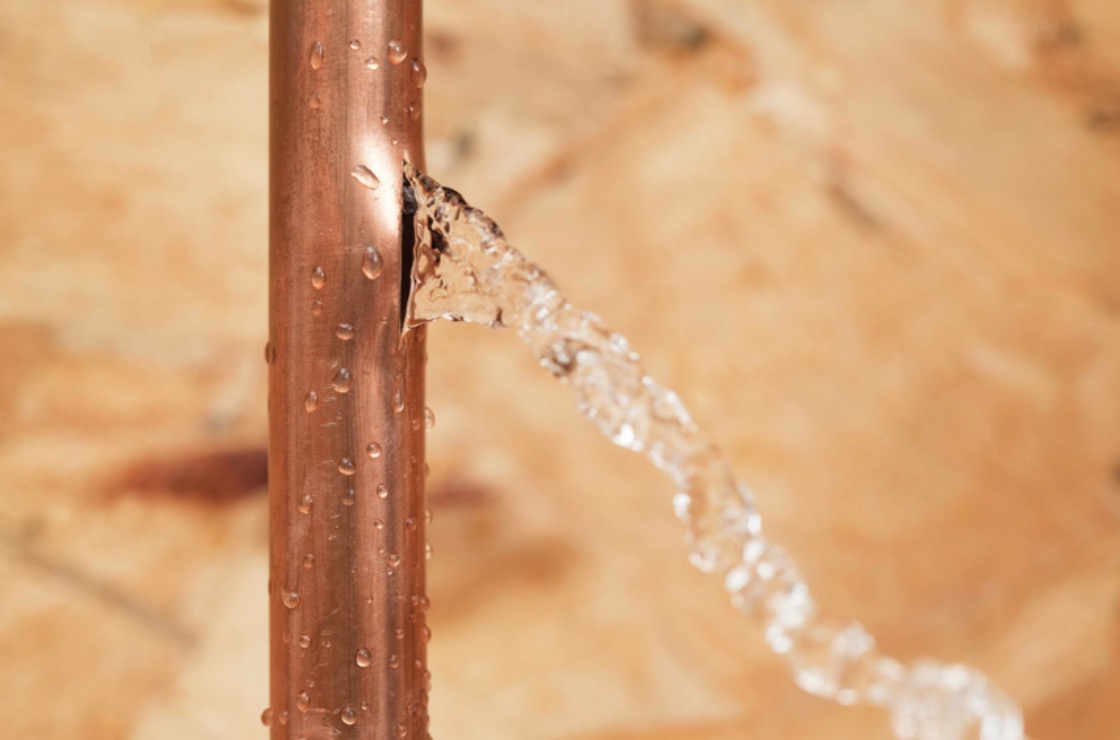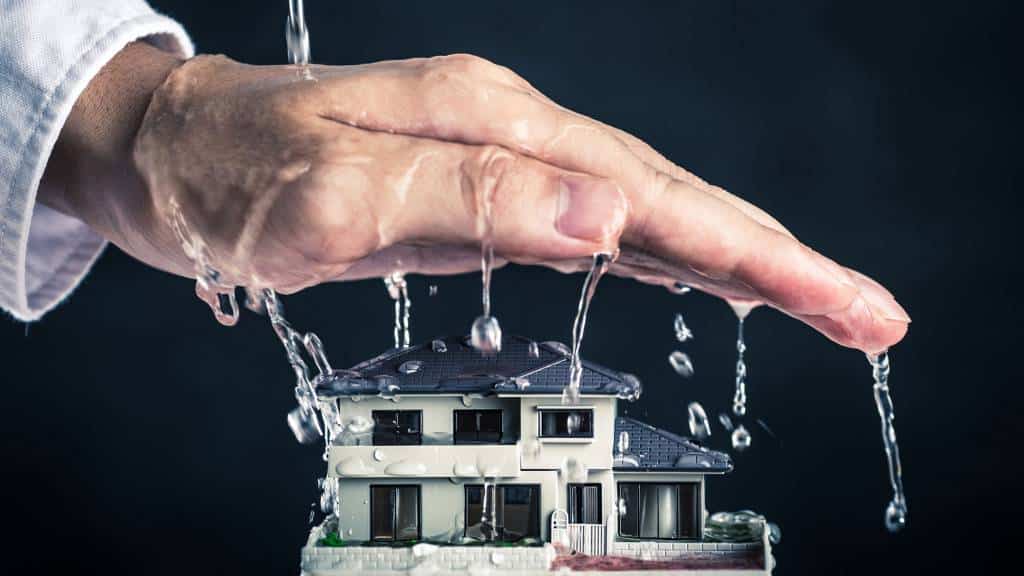Expose the Most Frequent Roots of Water Leaks Inside Your House
Expose the Most Frequent Roots of Water Leaks Inside Your House
Blog Article
Have you been trying to locate related information around Most Common Causes of Leaky Pipes?

Leakages not only cause waste of water but can also cause unnecessary damages to your residence and also advertise undesirable organic development. However, water leakages may go unnoticed because the majority of the pipework in our house is hidden. By looking and comprehending for everyday situations that create leaks, you can protect your home from future leakages as well as unneeded damages. Today, we will certainly consider 6 leak creates that might be triggering your pipes to drip.
Instantaneous temperature level modifications.
Severe temperature level modifications in our pipelines can trigger them to expand and also get suddenly. This growth and contraction might create splits in the pipelines, specifically if the temperature are below freezing.
Rusty water systems
As time goes by, your plumbing system ages and corrosion such as corrosion might start gnawing the pipes. This could be the source of discoloration or warping on your pipes. This asks for an examination with your plumber promptly. If our plumbing system is old, consider replacing the pipelines since they go to a higher threat of deterioration than the more recent designs.
Faulty Pipe Joints
The point at which your pipes attach is frequently the weakest web link in the waterline. Pipe joints can deteriorate gradually, resulting in water leakages. Regrettably, most of pipeline joints are not easily noticeable. If you have loud pipelines that make ticking or banging noises, particularly when the hot water is switched on, your pipe joints are most likely under a lot of stress. It is suggested to have your plumber evaluate your system yearly.
Encroaching origins
The majority of water leaks start outside the home rather than inside it. You might notice wet patches or sinkholes in your backyard, as well as that might suggest that tree roots are attacking water lines triggering water to seep out.
Poor Water Connectors
Sometimes, a leak can be triggered by loosened hoses and also pipes that supply your home appliances. Usually, moving is what creates the loose water Links. You might find when it comes to a washing maker, a hose might spring a leak due to drinking during the spin cycle. In case of a water links leak, you might discover water running straight from the supply line or puddles around your devices.
Blocked Drains
Obstructed drains could be bothersome and inconveniencing, however they can sometimes end up creating an overflow bring about break pipes. Maintain eliminating any kind of materials that may decrease your drains that could obstruct them to prevent such hassles.
All the above are causes of leakages but not all water leaks result from plumbing leaks; some leaks could come from roofing leakages. All leaks must be repaired immediately to avoid water damage.
Leakages not only cause waste of water but can also cause unnecessary damage to your home as well as promote unwanted organic growth. By comprehending as well as looking for day-to-day situations that cause leaks, you can safeguard your house from future leaks and also unneeded damages. Today, we will certainly look at 6 leakage creates that may be causing your pipes to drip.
At times, a leak can be created by loosened tubes and also pipelines that provide your home appliances. In situation of a water connections leak, you may discover water running directly from the supply line or puddles around your appliances.
How To Check For Water Leak In Your Home
How To Check for Leaks
The average household's leaks can account for nearly 10,000 gallons of water wasted every year and ten percent of homes have leaks that waste 90 gallons or more per day. Common types of leaks found in the home are worn toilet flappers, dripping faucets, and other leaking valves. These types of leaks are often easy to fix, requiring only a few tools and hardware that can pay for themselves in water savings. Fixing easily corrected household water leaks can save homeowners about 10 percent on their water bills.
To check for leaks in your home, you first need to determine whether you're wasting water and then identify the source of the leak. Here are some tips for finding leaks:
Take a look at your water usage during a colder month, such as January or February. If a family of four exceeds 12,000 gallons per month, there are serious leaks.
Check your water meter before and after a two-hour period when no water is being used. If the meter changes at all, you probably have a leak.
Identify toilet leaks by placing a drop of food coloring in the toilet tank. If any color shows up in the bowl after 10 minutes, you have a leak. (Be sure to flush immediately after the experiment to avoid staining the tank.)
Examine faucet gaskets and pipe fittings for any water on the outside of the pipe to check for surface leaks.
Undetected water leaks can happen without the home or business owner even realizing. If you suspect a water leak, but not able to find the source. It is time to contact a professional water leak detection service, The Leak Doctor.
How To Find a Water Leak In Your Home
https://www.leakdoctor.com/blog/How-To-Check-For-Water-Leak-In-Your-Home_AE197.html

We had been made aware of that report on How to detect water leaks in your home from a friend on a different domain. Liked our write-up? Please share it. Help someone else locate it. Bless you for your time. Don't hesitate to come visit our site back soon.
Hot water issues? Connect now. Report this page